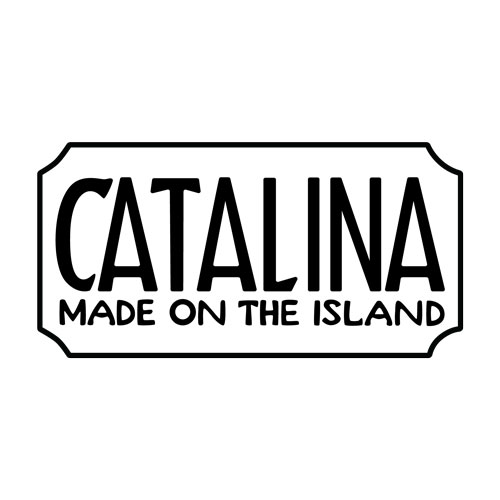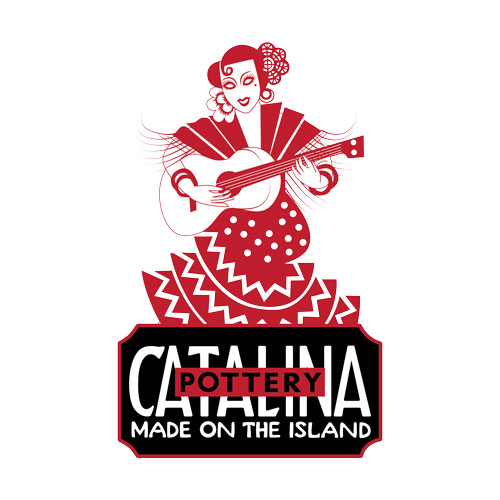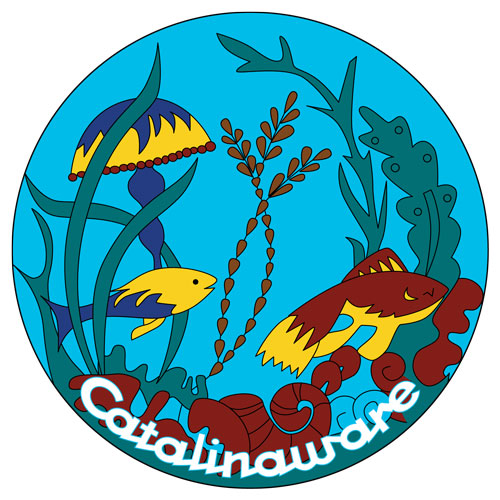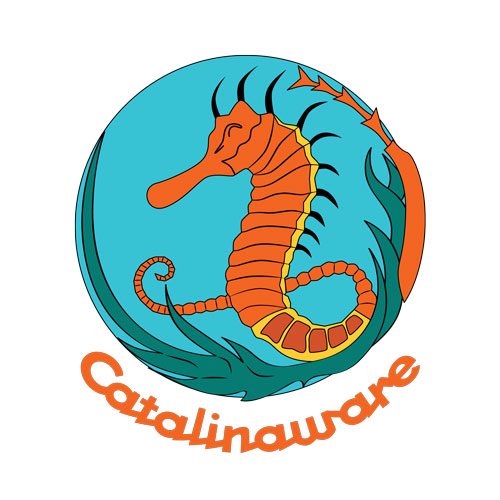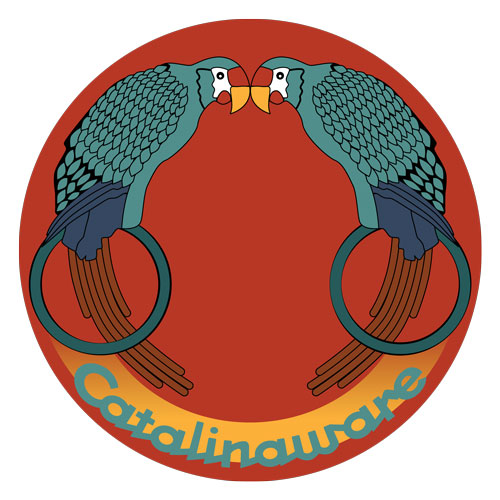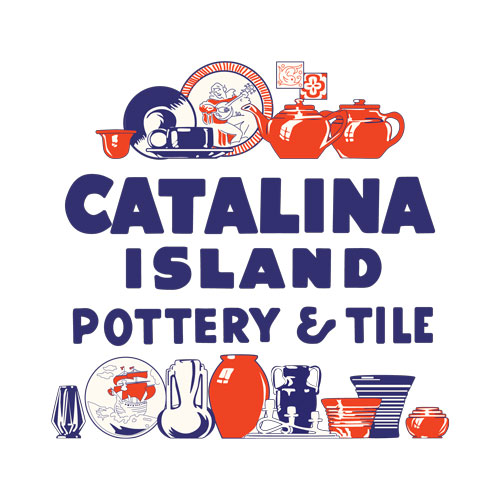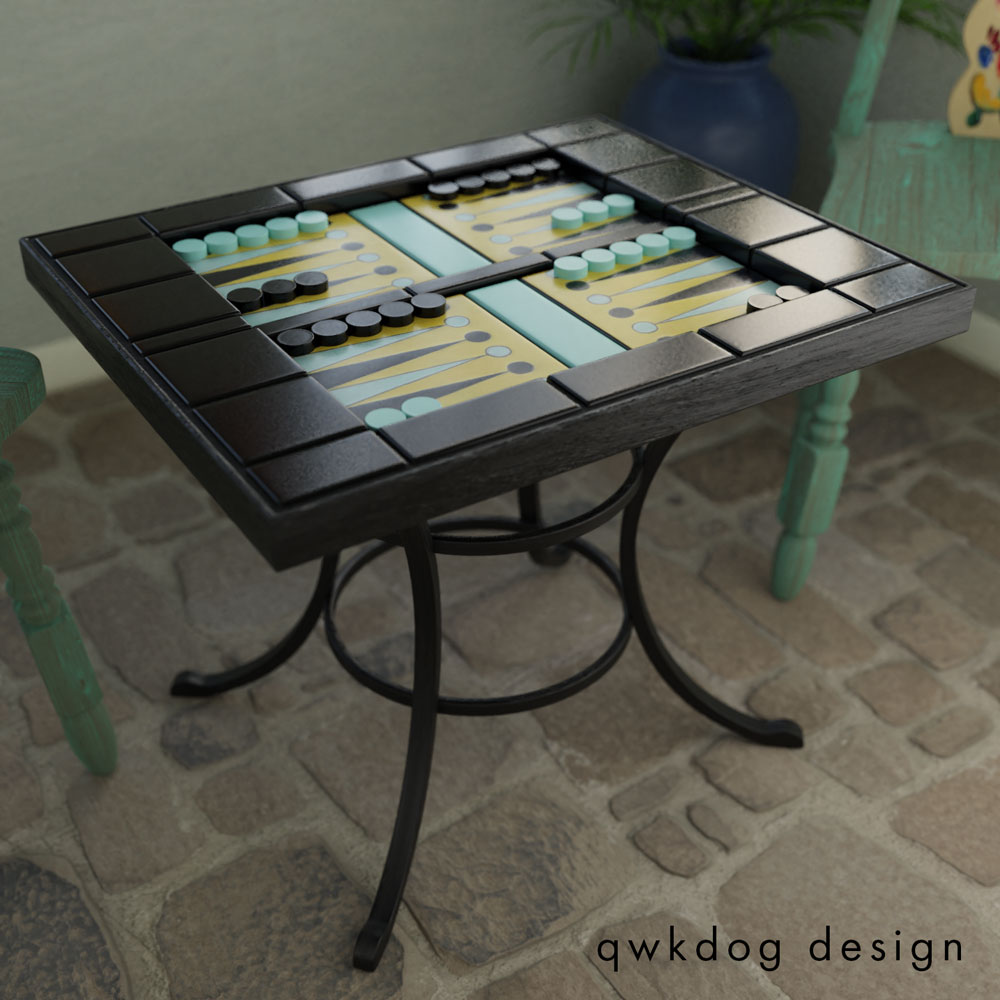
Part of the Channel Island system, Santa Catalina Island lies 22 miles off the coast of southern California. In the late 1800s, General Phineas Banning and his sons realized the potential value of Catalina as a resort destination. They began developing infrastructure to support tourism in the town of Avalon. In 1915, a fire at the Hotel Metropole in the main center of Avalon spread quickly, destroying half of the town’s buildings and homes. Due to debt incurred due to the fire and decreased tourism, the Banning brothers sold the island property in shares. Industrialist William Wrigley, Jr. (of chewing gum fame) purchased a controlling interest in the island in 1919. Wrigley made significant investments in developing the island. Notable developments include the iconic Catalina Casino, constructed in 1929, and ferry boats to bring tourists back and forth from southern California destinations.

The history of tile and pottery manufacturing on the island begins with the discovery of clay and mineral oxides necessary for pottery production while drilling for freshwater wells. The island company imported machinery to Pebbly Beach, a short drive from Avalon. It used clay from multiple island sources to create early brick and tile products. The earliest pottery pieces were produced in 1927 as novelty items, tiles, plaques, and bookends featuring Catalina wildlife and Mexican themes. By 1928, some of the things were sold on the California mainland. 1928 also marked the first year that tiles were glazed. The Catalina Clay Products Company was spun off from the original tile factory (1928-32) and operated from 1930-36.
As is familiar with most pottery companies during the period, several skilled artisans and craftsmen were employed, often hopping from one company to another. All the companies benefited from sharing information and innovation, but very little information about who worked where and when has been documented. We know the Catalina plant supervisor, DM Renton, recruited ceramists from Pacific Pottery in 1928. The blended glazes seen on Pacific pieces during that period appear on Catalina pottery vases, oil jars, and other decorative ware. At the start of the Great Depression, the Catalina tileworks scaled back to a skeleton crew. One of the former Pacific ceramicists, Harold Johnson, left Catalina for Bauer, helping them design and launch their new California Colored Pottery line.
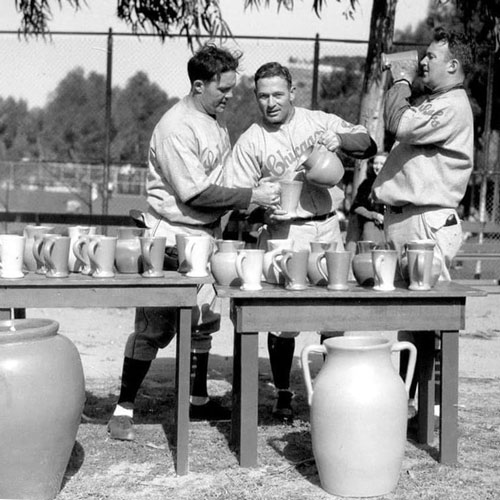
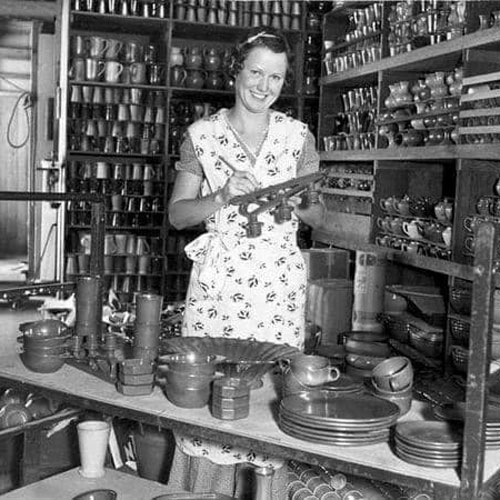
Early Catalina pottery is famous for its redware clay base. While redware was good enough for a more extensive garden and commercial items, white clay was better for dinnerware production (glazes adhered to the surface more quickly). As Catalina moved away from tile and garden ware and towards dinnerware, they imported clay from (among others) the Pacific Clay Company’s clay mines in Lincoln, California. Glazes used during the period include Catalina Blue, Descanso Green, Toyon Red, Mandarin or Manchu Yellow, Turquoise Blue, and Ivory. Harder-to-find colors include Monterey Brown and Seafoam. Occasionally, collectors will come across Teal, Obsidian Black, and cobalt.
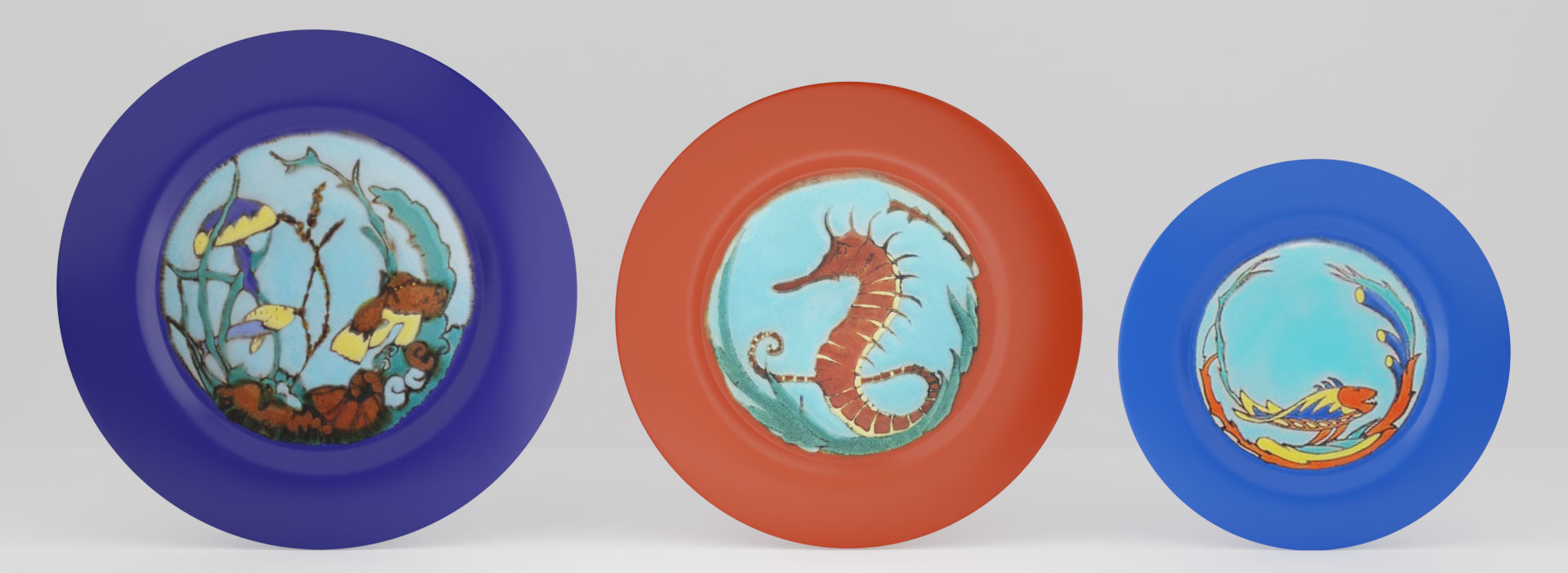
During the 1929-36 period in which Catalina produced tableware, they strove to be known as a “quality pottery” – a line used by many California potteries when faced with intense competition from the Ohio Valley potteries – by only selling in higher-end department stores across the United States. Several lines were offered, ranging in styles from art deco to arts and crafts to Moorish. In 1936, some of the chief architects behind the success of the pottery retired, notably DM Renton. Without a driving force behind the organization, the Wrigley company looked for a buyer. Gladding-McBean (GMcB) took possession of Catalina’s trademarks and molds on March 31, 1937, and continued to produce various products using the Catalina brand under their Rancho, Avalon, and Aurora Artware lines until 1942. Collectors should note that pottery produced under GMcB is marked as “Catalina Pottery,” and original pieces are marked “Catalina Island Pottery.”
Check out Dan and Jane Austin’s Catalina pottery site for a complete history of Catalina Island pottery and reference images.
Today, you can take a 45-minute ferry ride from Long Beach, San Pedro, and Dana Point to the two Catalina Island destinations, Avalon and Two Harbors. The town of Avalon is full of original Catalina tile in and outside shops, homes, and municipal buildings.
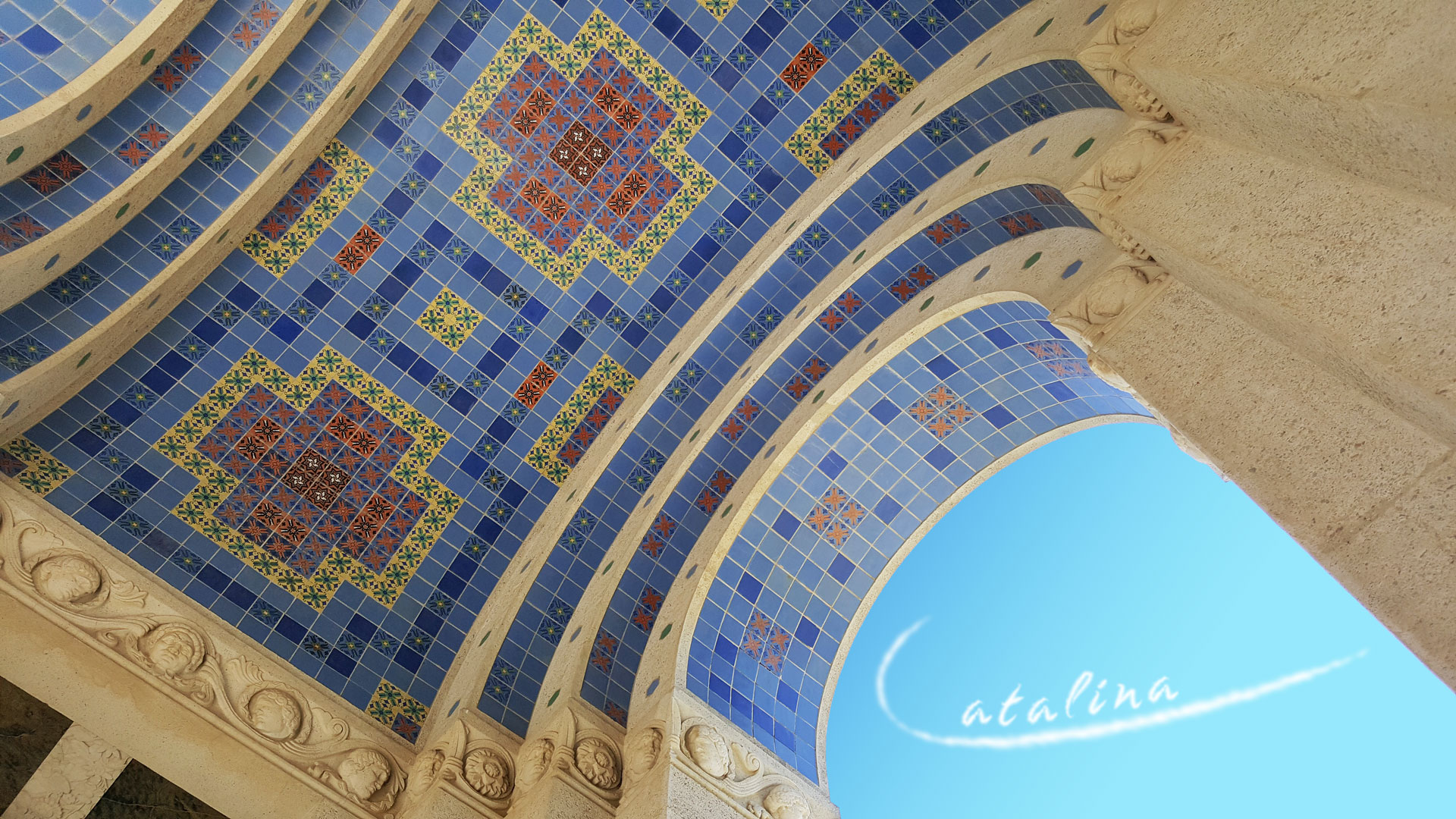
The Shepards on Catalina
If you’re interested in the history of Catalina, be sure and check out my page on Otis & Dorothy Shepard.
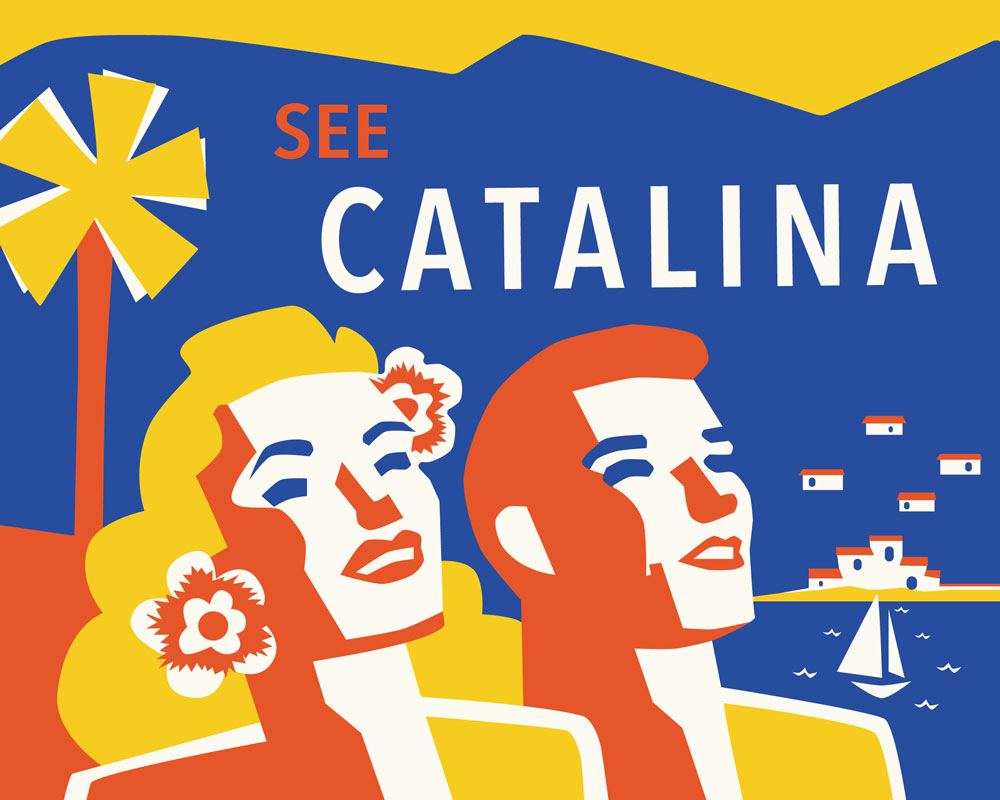
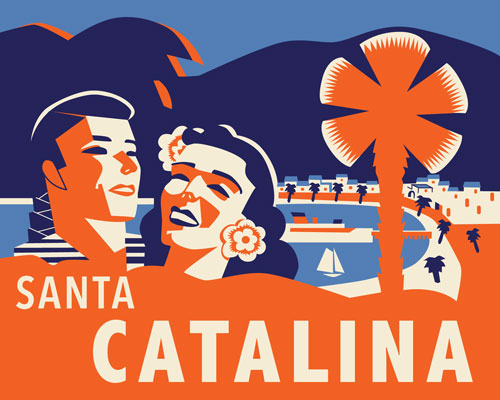
Shop Catalina Logo Designs
These Catalina logo designs are available on a variety of items in my Society6 shop. You can also visit my Catalina portfolio page to see more designs.







